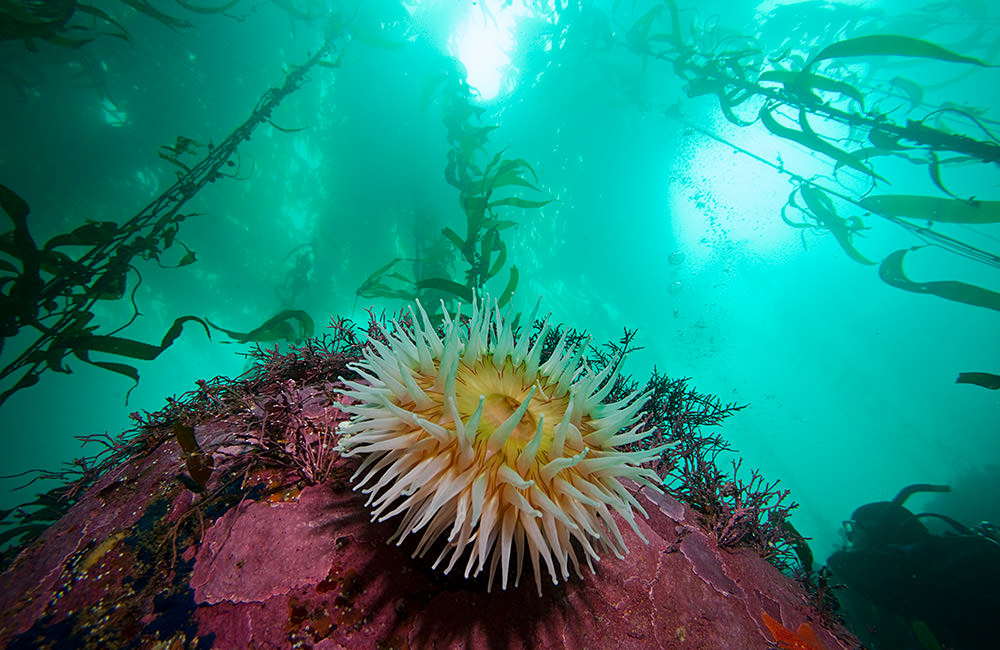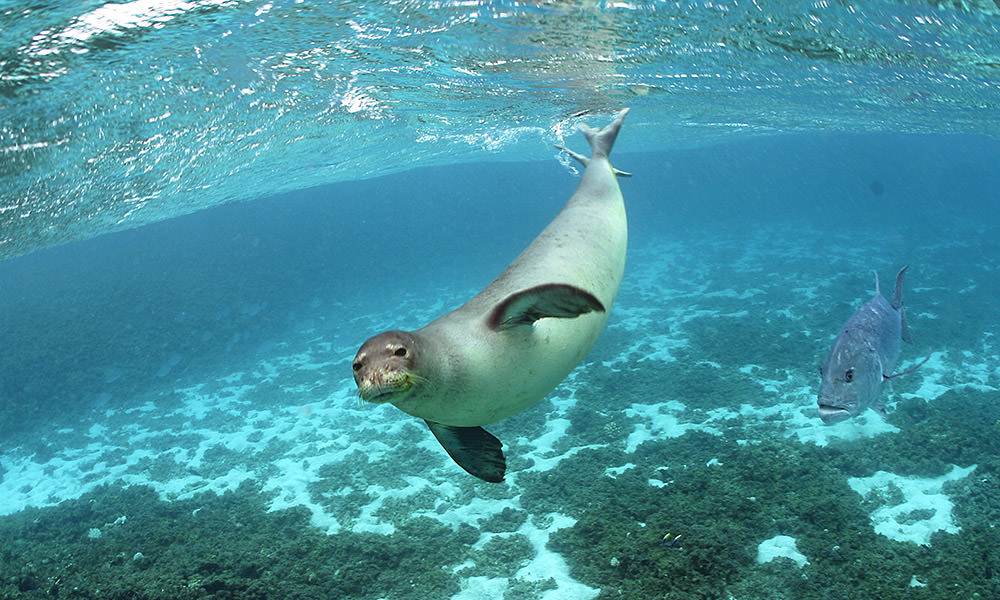Monuments and Sanctuaries: What's the Difference?

NOAA's National Marine Sanctuary System includes 18 national marine sanctuaries and two marine national monuments. Though similar, they are both different types of marine protected areas. A "marine protected area" is defined by the International Union for the Conservation of Nature as "a clearly defined geographical space that is recognized, dedicated and managed, through legal or other effective means, to achieve the long-term conservation of nature with associated ecosystem services and cultural values."
National Marine Sanctuaries

The National Marine Sanctuaries Act authorizes the U.S. secretary of commerce to designate and protect areas of the marine environment with special national significance due to their conservation, recreational, ecological, historical, scientific, cultural, archeological, educational, or esthetic qualities as national marine sanctuaries. Sanctuaries may be designated administratively by NOAA or through an act of Congress. The sanctuary designation process may take several years, or more, to complete and requires NOAA to provide opportunities for public input at several stages.
The sanctuaries act provides authority for NOAA to issue management plans and regulations for each sanctuary that guide the sanctuary's day-to-day activities. It also allows NOAA to assess civil penalties for violations of the sanctuaries act or its implementing regulations, and to seek damages from those responsible for injuring sanctuary resources.
Day-to-day management of national marine sanctuaries is delegated by the secretary of commerce to NOAA, and if in state or territorial waters, the site may be co-managed. Other federal, state, territorial, and tribal government partners may also play important roles.
NOAA may also establish sanctuary advisory councils, which are community-based advisory groups, to provide advice to the sanctuary superintendent on the designation and/or operation of a national marine sanctuary.
Marine National Monuments

National monuments are designated by presidential proclamation under the Antiquities Act of 1906, which authorizes the president to establish national monuments on lands owned or controlled by the United States that contain "historic landmarks, historic and prehistoric structures, and other objects of historic or scientific interest." When national monuments are established in the ocean, they are referred to as "marine national monuments."
While most national marine sanctuaries and marine national monuments are distinctly separate, sometimes the two work together.
Rose Atoll Marine National Monument, for example, was established in 2009 under the Antiquities Act with the direction that NOAA initiate the process to add the marine areas of the monument to Fagatele Bay National Marine Sanctuary. When Fagatele Bay National Marine Sanctuary became National Marine Sanctuary of American Samoa in 2012, it was expanded to include several other areas, including Rose Atoll.
These special aquatic places are sources of national pride, and when we take care of them, we strengthen our nation now and for future generations.

